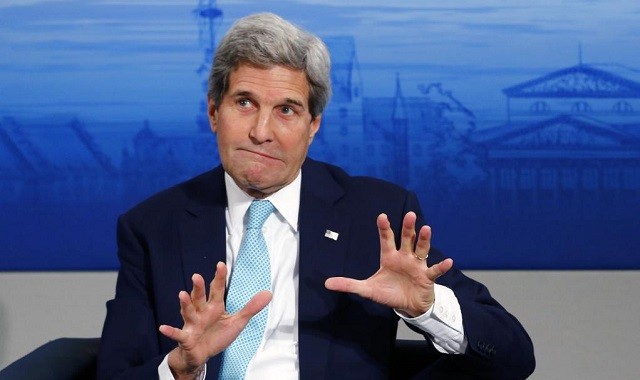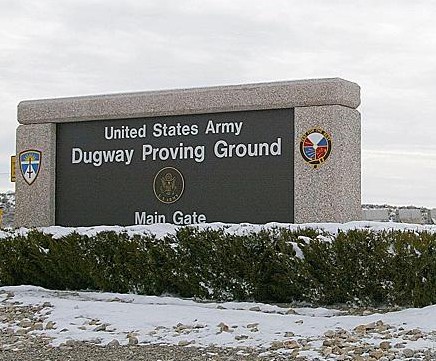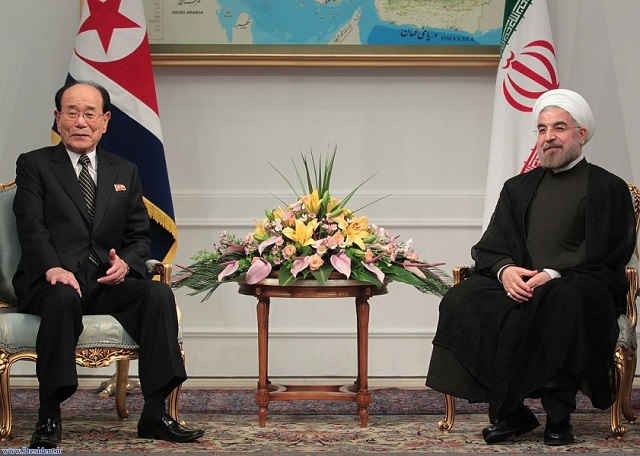The Killing of Western Civilization

The Hamas terrorist attack on Israel was just a recent atrocious assault against Western civilization, a war that started a hundred years ago. In fact, I have been writing about that global cabal, which was waging WWIII against Western civilization for forty-two years. “This global cabal is capable of anything. They are already responsible for the deaths of millions. They use lies as easily as they breathe. Everywhere they have gone, there is death and destruction.” If you read my column: Putin’s Socialist Revolution in America published October 6, 2023, one day prior to the Hamas attack, you will learn about this global cabal—I called them a new “Axis of Evil” under the Russian umbrella.
Yes, this global cabal is the new” Axis of Evil,” under the Russian umbrella: Cuba, China, North Korea, Syria, Iran and Venezuela. But only people who read my columns or books know that. Iran is a Russian proxy and to know Iran you have to know Russia and its Intel. Because there are the patterns of Soviet Socialism, Russia implements into all its proxies, including the terror groups, especially in the Mideast: ISIS, Taliban, al-Qaeda, Hezb’allah, Hamas, and others. That was the essence of Stalin’s legacy: brainwashing Muslims groups, and marring Islam with Communist ideology. That way we got a Fascist-Jihad of Stalinist era in the 20th century. A misleading system of disinformation, an instrument designed by Stalin was executed by all his devoted disciples after his death. To educate America, I have been writing about that system of Stalinist Soviet Socialism, which I called Soviet Fascism, for the last forty-two years…
The new “Axis of Evil—the Evil Doer” has not been known to the vast majority of Americans. Yes, all mentioned above terror groups have the same parents–the Russian Intel. The KGB Chairman Yuri Andropov 1967-1982 has designed two-states solution in the Mideast, when the KGB has begun controlling Hamas—anti-Semitism has united them. The same unity had been achieved for all terror groups in the 20th century. We have dealt with strategic partnerships against Western civilization. Russian expansion of Soviet Socialism, which I called Soviet fascism was the goal for the Mideast region. I have been writing this story of the people’s suffering, griefs, and killings to make you familiar with the KGB’s Mafia/Army—the Evil Doer for forty-two years. You can find the details in my columns…
Forty-two years is a pretty long-time and I am tired, very tired of being alone writing to educate and convince the American people with my poor English. Nobody helped me. I was writing about terrorist Russia and its expansion of terrorism throughout the globe. A devoted disciple of Stalin/Andropov Vladimir Putin was doing that for the last thirty years… I couldn’t believe a word, listening from the actively-destructive Biden’s team, I don’t trust them… Can you imagine how excited I’ve become reading the column with the warning, I was yelling for forty-two years:
“People living in modern civilization—especially in the West—play by the rules, live within their means, love their families, and cherish their children’s future. We get up in the morning, go to our jobs, or to our tasks, not thinking about any threats that may be formulating to destroy our lives. And yet, the threats are there, and they persist. For those of us who do our research and read what these enemies are plotting against us—and we do have enemies—we start to understand how dangerous they really are, these globalist elites. They have told us numerous times, both in print and in speech, what they are planning. And yet they are ignored when all we have to do is take them seriously and act accordingly.” War Is Upon You, By Ray DiLorenzo, Canada Free Press, October 8, 2023
The author described the current events in the world, as if he came from the society of Soviet Socialism. But he didn’t indicate any specific country, only a new foreign predicament in America. He loves America, and is suffering watching how America loses its moral compass. I felt an alarm and pain in his every word. I believe, he read my columns or books and now expressing his sincere warning to Americans and the world:
“Anyone can see that society is changing, and not for the better. The Greatest Generation is long gone. The self-image and desire generation of fifty years ago, especially in government, is hanging on by threads, unwilling to give in to time and poor decisions. We are now witnesses to a society and a generation no longer American, heavily influenced by social media, with narcissism transformed into amorality, hysteria, self-indulgence, and violence.” By Ray DiLorenzo– Friday, October 6, 2023
Meanwhile the killing in Israel is going on… I’d like to remind you of the Vietnam war, because the Russian military Doctrine is active here in the Hamas assaults of Israel. Do you remember the Vietnam War? The North Vietnamese used the tunnels for unexpected access and assaults against the South Vietnamese. You can see exact the same Russian Doctrine used against Israel by Hamas. History is the mother of all sciences and I know who helped the North Vietnamese. I had a client, a Soviet pilot, who participated in the Vietnam War. You can find this story in my books and articles. There is another Stalinist Doctrine: “No lives matter.” Have you heard Hamas tell Palestinians to stay in Gaza and not evacuate: for Hamas “No lives matter,” Stalinist Doctrine is alive and well in the 21st century Mideast. The Russian tentacles are all over the region and the globe.
“No lives matter” under Soviet Fascism!
The picture of Stalin, the greatest mass murderer of the 20th century is here.
The Republican Ignorance
“Those who don’t know Stalinist legacy of the 20th century will pay a dear price for their ignorance. “I wrote that one day prior to the Hamas invasion: Putin’s Socialist Revolution in America: The Stalinist Mexican Cartels, October 6, 2023. I had in mind Fox News and the firing of two talented men: Dan Bongino and Tucker Carlson. I knew that Putin was preparing something bad. I wrote it purposely to alert the ignorant and remind them about Holocaust of Jews by German-Nazis. It is for a reason I have been writing about Soviet Fascism for decades. Russia is a terrorist, anti-Semitic country with close and long-term relations to all Middle Eastern countries through its KGB, which was implementing Soviet Fascism there, while the FBI didn’t know Russia and the KGB’s Mafia/Army—the Evil Doer, I’ve been writing about for decades. I had to write it–the FBI has not protected us!
Moreover, “According to a White House pool report, President Biden told the two dozen who were in attendance why he decided to run for president in 2020. He mentioned Charlottesville and the events that transpired there in 2017 as his reason for running.” Joe Biden has a meltdown that leaves Democrats sick with worry, The Federalist Wire, September 26, 2023. Reading this information my antenna went up. As a matter of fact, I was writing about Charlottesville in many columns: like Jan.6, on Capitol Hill, Charlottesville was the KGB’s Mafia/Army—Evil Doer operation to build a fascist movement in America.
A Controlled Opposition
Charlottesville happened in August 2017, in Unite the Right, the violent white supremacist rally in Charlottesville, Virginia. In fact, it was the KGB operation in cahoots with the Democrat Party to establish and built a fascist movement in America. The designers and organizers were the Governor of Virginia Terry McAuliffe and the FBI deputy Director Andrew McCabe. I wrote this in my column: Origin of the Washington Spy Ring and the Swamp, March 31, 2018:
“Yes, firing Andrew McCabe was the beginning of a huge international case of conspiracy against the U.S.A, because those two are the accomplices of the crime or even crimes. To investigate the case, you have to know the KGB well and I’ll try to give you some tips. It was Andropov’s idea to invent a “controlled opposition.” The KGB had practiced it in Russia for many years. It is very simple to achieve, just infiltrate the opposition with a couple of people, promote them to the leadership and act in a way that is beneficial for your initial design. That exact move was realized and implanted in America. The result you see in August 2017, in Unite the Right, the violent white supremacist rally in Charlottesville, Virginia.’’
It was the time for the FBI to do their job. But as we found out today the FBI didn’t want to do the job and the Democrat Party had been left not being exposed… I don’t want to impose my opinion and conclusion, I rely on each of you to make your own decision, watching Biden/Obama and their team for many years. We are living in the predicament of global disinformation where truth is hard to find. By the way, the House of Representatives, the only Republican power, has no Speaker for 12 days, because of the same dysfunctional FBI. I hope, sooner or later the truth will shine to disinfect the globe, I hope…You can read my columns for free now.
Don’t be surprised by the large-scale rally at the U.S. Colleges and Universities in defense of Hamas. Just watch TV. Have you heard about the group Students for Justice in Palestine? They are sponsored by Hamas and Iran. And they are not alone, there are a hundred of these organizations around the world. Please, read about one of them:
National Students for JUSTICE IN PALESTINE
Supporting over hundred Palestine solidarity organizations across occupied Turtle Island, we aim to develop a student movement that is connected, disciplined, and equipped with the tools necessary achieve Palestinian liberation
Please, pay attention to the last two words—Palestinian liberation. These words should bring your memory back to Yasser Arafat, President of Palestinian Liberation Organization–PLO. Arafat’s lieutenant Abbas is still there. To make a long story short, read my columns and learn that Yasser Arafat was recruited by the KGB’s Mafia/Army in 1957. The cycle of War Crimes committed by the Russian Government and its KGB’s Mafia/Army—the Evil Doer is in front of the world. Now, as usual I rely on people’s imagination and knowledge…
Today I receive an email from Rep. Chip Roy–This is existential.
The Biden administration is allowing over 10,000+ illegal crossings a day – mostly adult males from 150+ countries, including these latest numbers from CBP:
- Syria: 538
- Yemen: 139
- Iran: 659
- Iraq: 123
- Afghanistan: 6,386
- Lebanon: 164
- Egypt: 3,153
- Pakistan: 1,613
- Mauritania: 15,594
- Uzbekistan: 13,624
- Turkey: 30,830
As we watch what is going on in Israel right now, how can we be safe in America without securing our border?
My fellow Americans!
The U.S.A. is under an existential threat—we have Hamas and the KGB’s Mafia/Army—the Evil Doer with their deadly activities on our soil! The Killing of Western Civilization is on a progress, before your eyes!
Equip yourselves with knowledge and act decisively! Save the American Constitutional Republic for our children, grandchildren, and the world!
To be continued www.simonapipko.com and atwww.drrichswier.com/author/spipko/
©2023. Simona Pipko. All rights reserved.



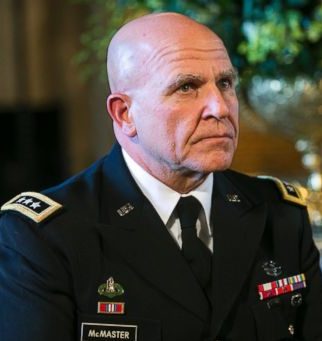


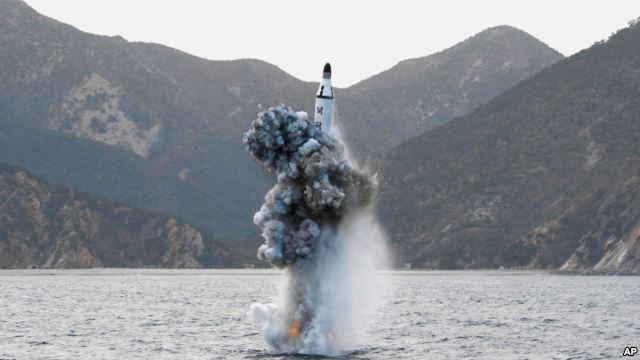
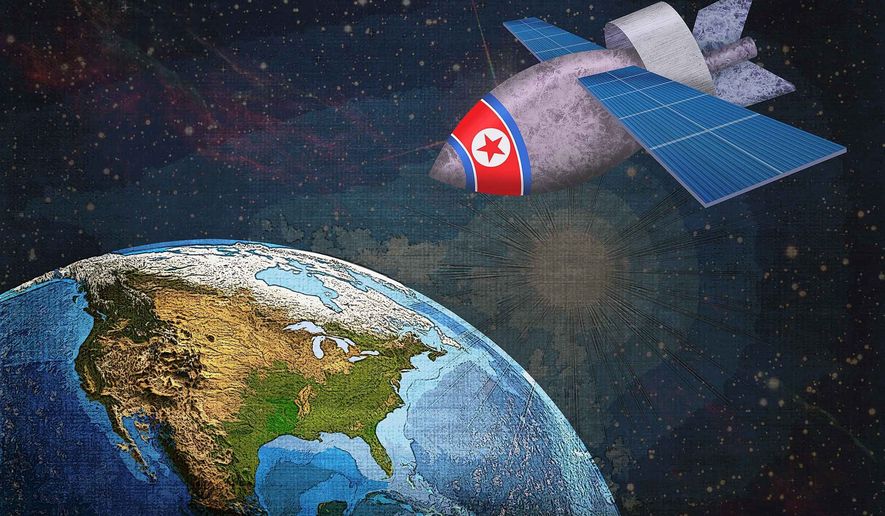
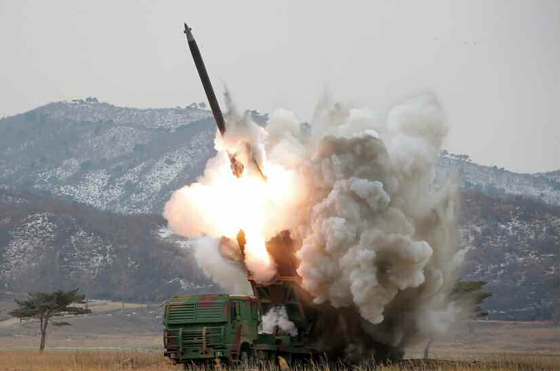
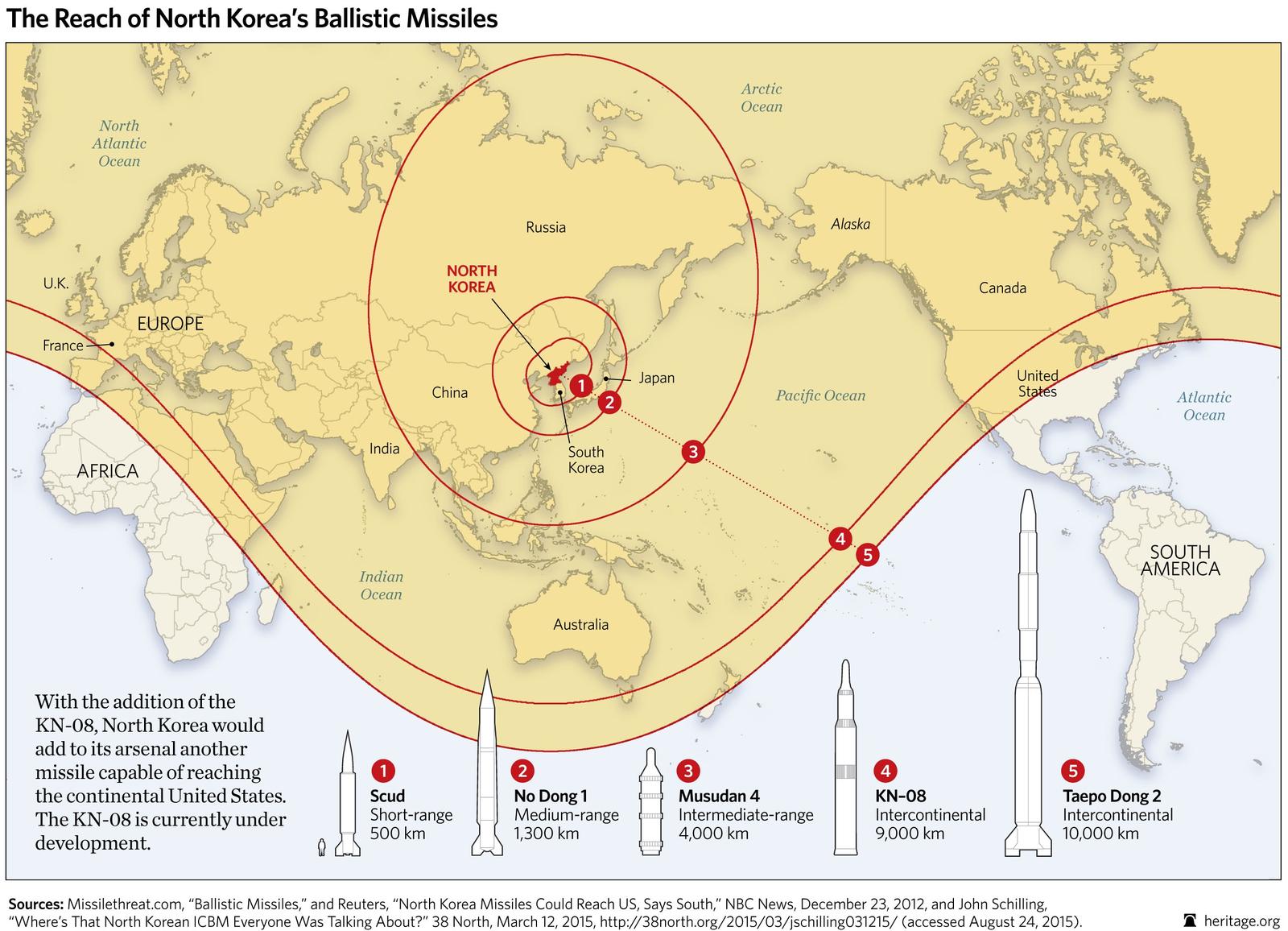
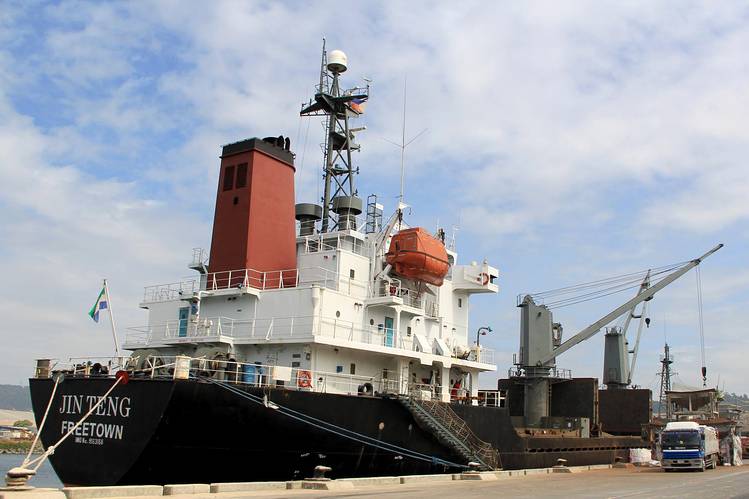
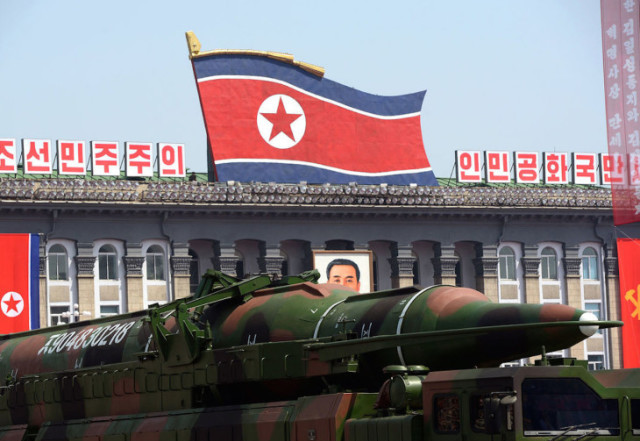
 On Friday, February 12, 2015 CNN
On Friday, February 12, 2015 CNN 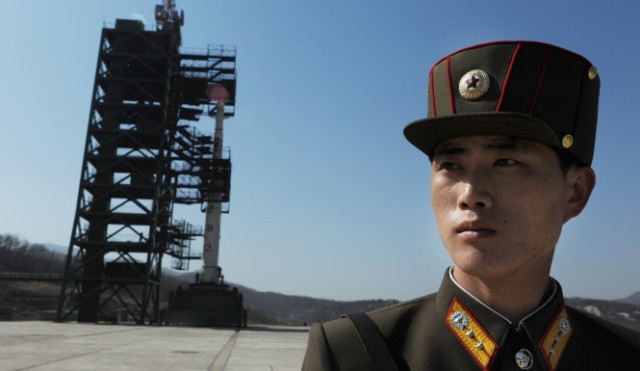
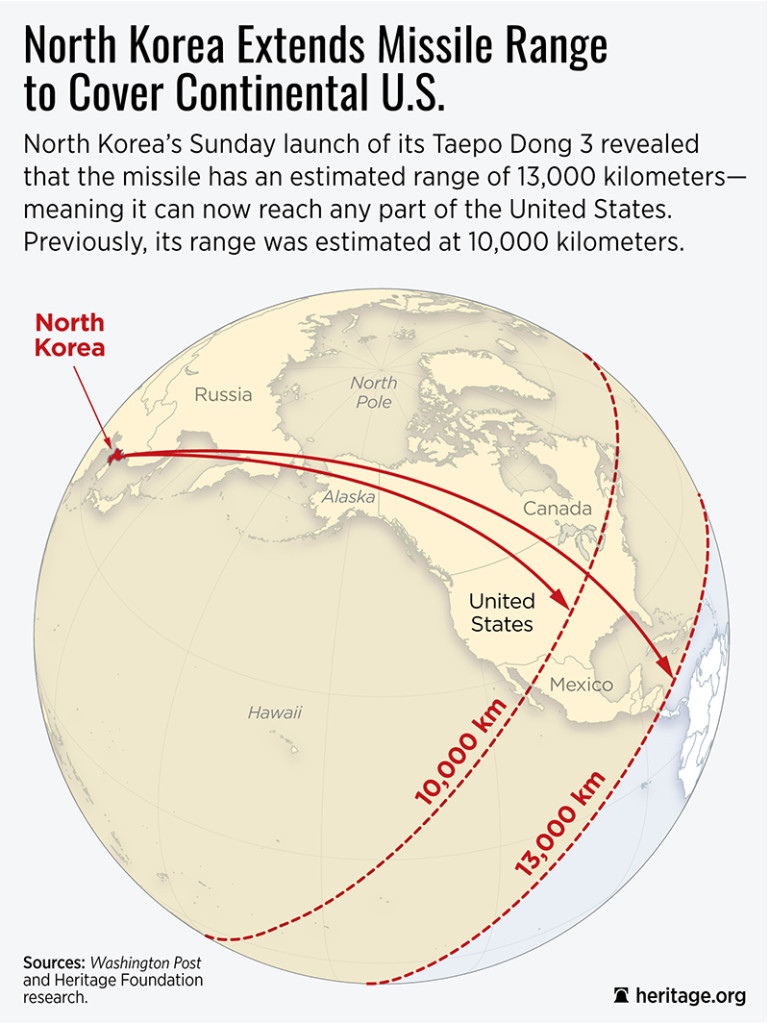
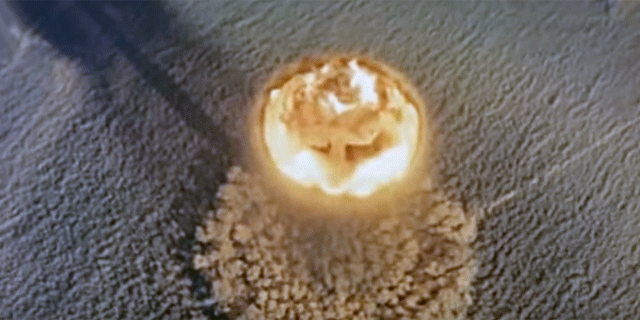
.jpg)
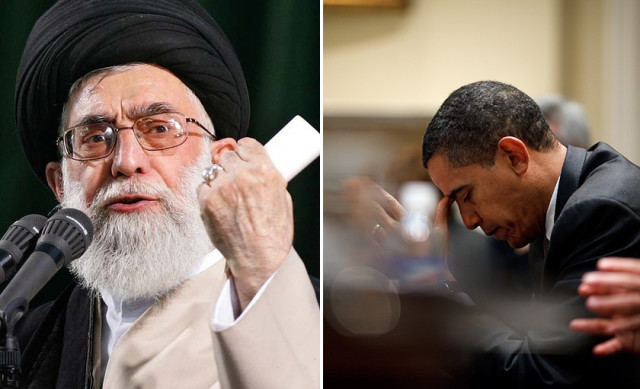
 The following were important takeaways from the August 9th Lisa Benson Radio Show:
The following were important takeaways from the August 9th Lisa Benson Radio Show: